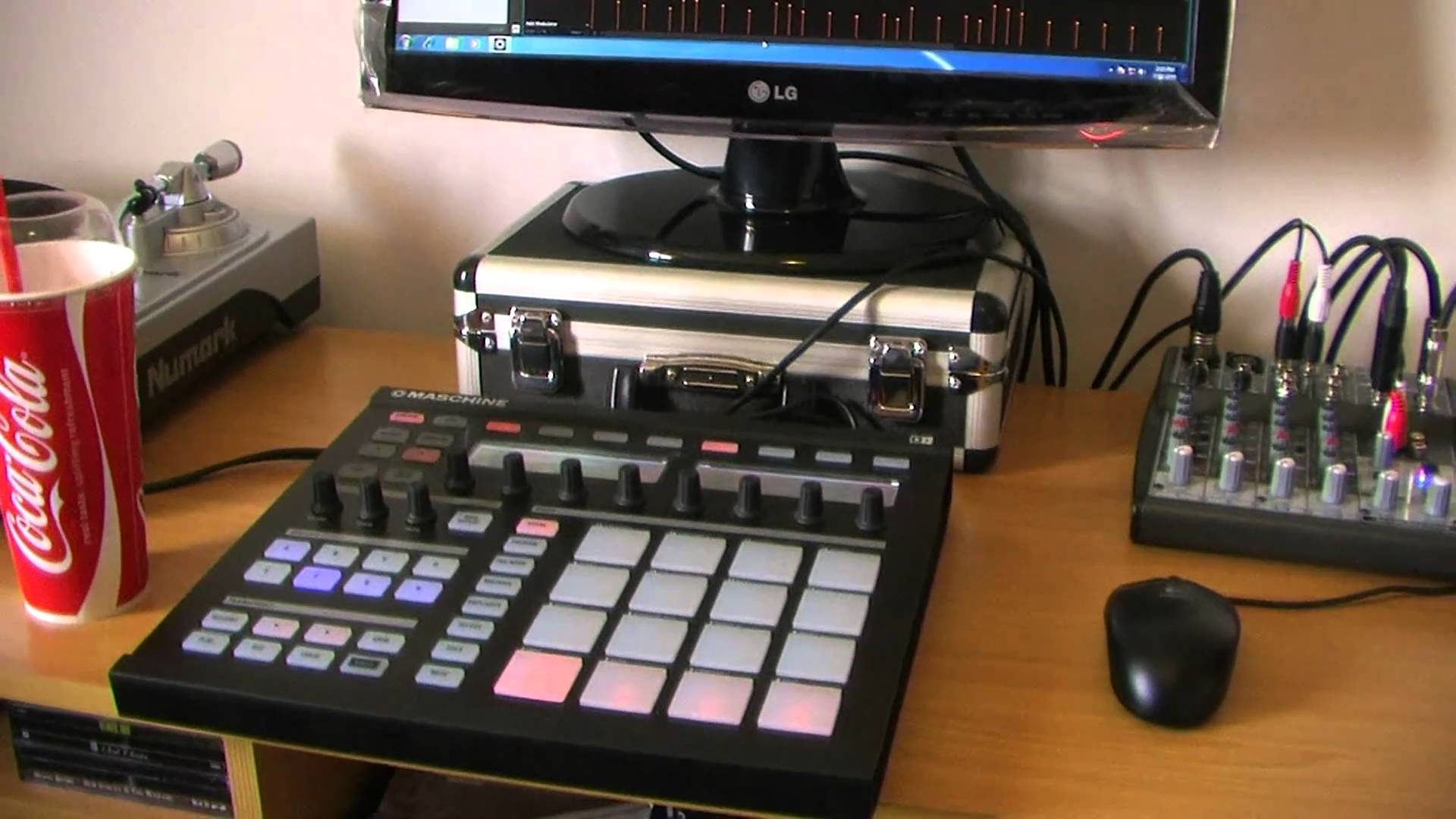
- #Pc for home studio how to#
- #Pc for home studio pro#
- #Pc for home studio software#
- #Pc for home studio professional#
- #Pc for home studio mac#
In a short period of time, Studio One has become one of the most complete audio sequencers on the market.
#Pc for home studio pro#
#Pc for home studio professional#
Whether you're a beginner or a professional producer, Studio One will satisfy all your needs. Record, mix and master your music with this creative environment developed with easiness, flexibility, speed and efficiency in mind. Robust enough for the most complex productions. You can now enjoy its broad experience with Studio One, a multitrack DAW ideal to create songs on your computer.
#Pc for home studio software#
If you’re a visual learner, this video from Kosmic Sound offers a similar perspective on setting up your at home studio.PreSonus is one of the most important music hardware and software manufacturers in this sector.
#Pc for home studio how to#
Don’t own good headphones yet? Check out our guide on how to choose headphones.Īnd when it comes to buying new monitors, don’t spend too much.Ĭlearly the theme throughout much of Graham’s advice is to keep it simple, start small, don’t spend too much, get to work, and have fun!Īs you record more and more at home, you’ll discover ways to solve problems WITHOUT spending money or adding gear (though a nice preamp does sound pretty good about now). You can always listen to your mixes on other people’s systems, or in the car, or wherever, in order to get a reference for how the headphones are positively or negatively shaping the mixes. … because you have to HEAR what you’re recording! Only own headphones? Great, start recording and mixing on headphones.

Graham says you should go with what you know.
#Pc for home studio mac#
Nowadays, it doesn’t matter whether you have a Mac or a PC. Graham says, “More often than not you already own a computer that is capable of being the hub of your home recording studio.”

You might want more, but you’ll almost certainly not want anything less than these. Here’s a list of the essentials you’ll need to build your recording studio at home. Strange connections! Anyway, I thought I would summarize his points below. In the video below he does a great job explaining what gear you need, what gear you don’t need, and why.Ī couple days after I watched the video, Graham wrote a guest post for the Echoes Blog on the exact same topic. One of the “back-to-basics” videos I came across was by producer and audio engineer Graham Cochrane (who runs the Recording Revolution blog and video series). Because of course, I wanted to have great sounding audio, but I didn’t want things to get expensive! So I’ve been obsessing lately over the basics, wanting to break my gear, my signal path, and my creative process down to something that allowed for quick tracking and decision making. Part of the beauty of recording in a small home studio (mine is basically just a bedroom filled with gear) is that you can use limitations to your advantage. Some of it (like Pro Tools) did not! Which brought me, of course, to YouTube, searching for online tutorials - where I found a video that appealed to me for completely different reasons… Some of it came back to me like riding a bike. After a long break and some New Year’s resolutions about keeping focused on my art, I reviewed my list of essential gear and got to work. Maybe you’re like me, and you’ve decided to re-examine your DIY home recording studio.

Here’s What You Need To Record Music At Home


 0 kommentar(er)
0 kommentar(er)
